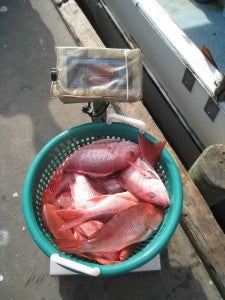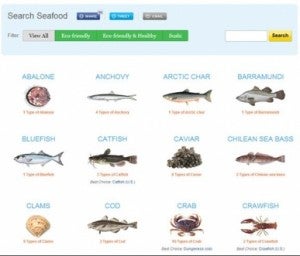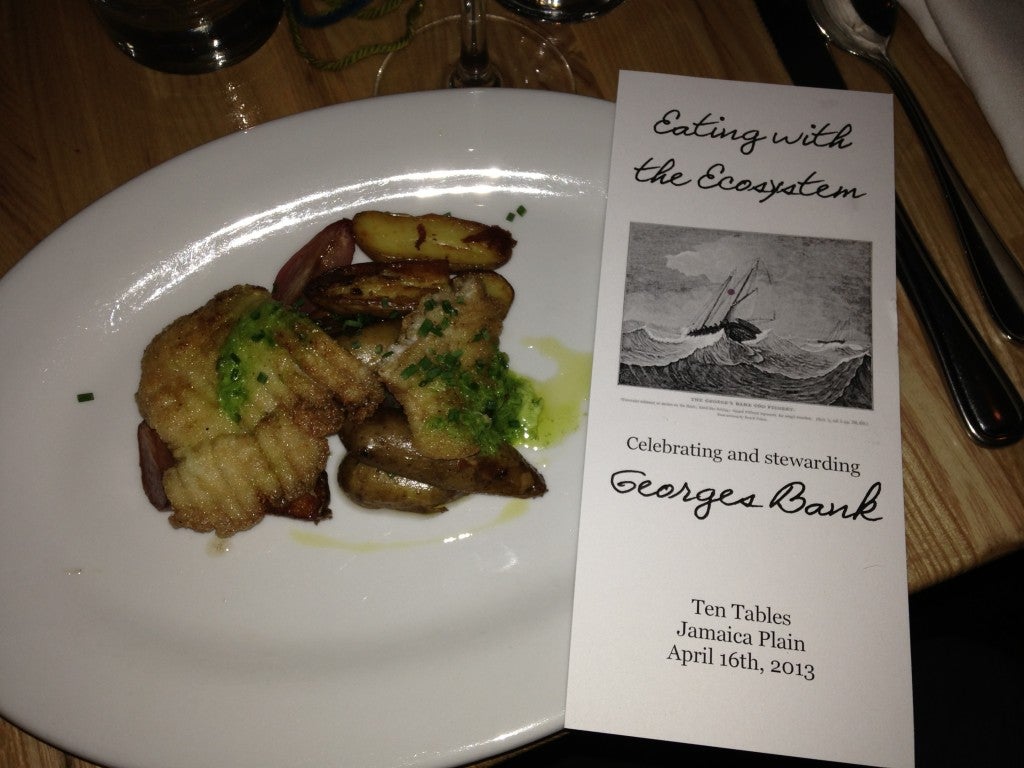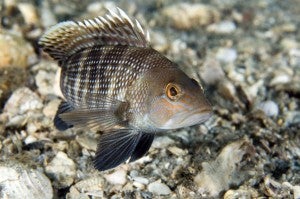[This was originally posted in National Geographic’s Ocean Views Blog]
I’m thrilled to report that Gulf of Mexico red snapper got a little less “red” today. That’s because our partners at the Monterey Bay Aquarium Seafood Watch program – the most well-known sustainable seafood program in the United States – announced that they’ve removed the commercial fishery for Gulf of Mexico red snapper from their ‘Avoid’ list and awarded them a new ‘Good Alternative’ rating.
While there are still improvements to be made in this fishery, let’s take a minute to appreciate how much progress has been made in the last few years. Gulf of Mexico red snapper used to be a poster child for unsafe, wasteful fishing. In the 1980s, 1990s and early 2000s the fishery was ruled by derby seasons where fishermen raced to catch as much fish as possible a few days every month. This had tremendous consequences for both fish and fishermen, as quality and profitability suffered and the red snapper population dwindled.
Fortunately, fishermen, managers and conservationists finally recognized the severity of the problem and decided to get the fishery back on track. In 2007, an Individual Fishing Quota (IFQ) program, coupled with a scientifically set catch limit, was implemented that put Gulf red snapper on the road to recovery. Since then, rebuilding red snapper populations have supported a 70% increase in fishing quotas, waste of marketable fish has declined by about 50%, and fishermen earn 33% more per pound of fish landed. Commercial fishing seasons now last the full year, and the sector demonstrates strong compliance with its catch limit. These same fishermen even pioneered an innovative new traceability program after the Deepwater Horizon disaster that tracks every single fish back to the boat that caught it. Read More















